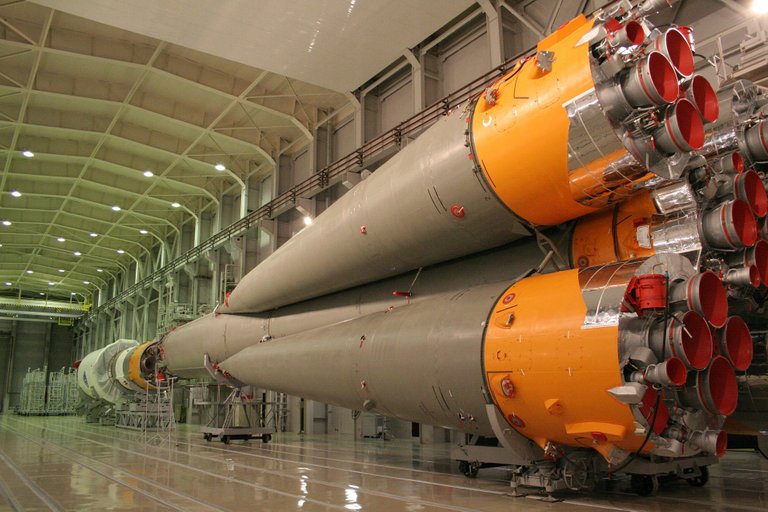Shooting Down A Simulated Intercontinental Ballistic Missile
The anti-missile system Aegis onboard the USS Jon Finn got to “protect” Hawaii and shot down a simulated ICBM missile. This is a big success.

Image by WikiImages from Pixabay
- Be also sure to check out my other posts and follow me @kralizec and subscribe to my Youtube channel at Kralizec Gaming Youtube Channel
When it comes to nuclear weapons and threats it was somewhat simple during the Cold War. All the United States needed to do was get rid of the threats coming from the Soviets and that was it. But nowadays, the American military needs defensive systems that are practical, flexible, and can be easily coordinated to cover all the complex nuclear threats of the 21st century.
It was exactly such a system that the world got to see in action just a few days ago. On the 16th November 2020, the American Missile Defense Agency (MDA) and the US Navy did a breakthrough test of defense against Intercontinental Ballistic Missiles (ICBMs). And it was a success. The Arleigh Burke-class destroyer USS John Finn shot down a simulated ICMB rocket RIM-161 Standard Missile-3 (SM-3) Block IIA on the edge of space. The missile was the newest variant of the Standard Missile-3 that are being used by the Aegis Ballistic Missile Defense System.
The simulated ICBM launched from the Ronald Reagan Ballistic Missile Defense Test Site in the Marshall Islands. It flew over the ocean north-east from the Hawaiian Islands. The test was labeled Flight Test Aegis Weapon System-44 and it was the sixth test of the SM-3 Block IIA rocket
In this particular test, the US Navy got to try out defending Hawaii. The simulated attacking rocket was first observed by the Command and Control Battle Management Communications (C2BMC) network that is part of the anti-missile defense system Ballistic Missile Defense System (BMDS). The main purpose of the test was to find out if a surface-to-air SM-3 missile that was designed to defend against short and mid-range ballistic missiles will also successfully defend against an intercontinental ballistic missile.
According to Jon Hill – the director of MDA – this test was an amazing success and a major breakthrough in developing the new missile SM-3 Block IIA. The long-term goal of the US anti-missile defense is to empower the somewhat problematic terrestrial defense system Ground-based Midcourse Defense by adding more sensors and weapon systems to it.
The end goal is to allow to anti-missile defense to react to any potential unexpected development in the area of nuclear threats. The successful test shows that the United States are capable of decently easily enhancing their defense against an intercontinental nuclear attack.
Sources:
- If you like the content I’m producing about science maybe you will like the content I produce about gaming as well! Be sure to check out my other posts!
Congratulations, @kralizec Your Post Got 100% Boost By @hiveupme Curator.
"Delegate To @hiveupme Curation Project & Earn 95% Curation Rewards"
Contact Us : CORE / VAULT Token Discord Channel or Join Us : UPMELINK Web Site
I find it hard to believe people still tolerate the threat of MAD, but this kind of defensive technology if coupled with unilateral nuclear disarmament and de-escalation of foreign interventionism could bring an end to it. If we can stop theirs, and we don't threaten them, there is room for peace.
Israel's Arrow 3 demonstrated this capability a couple of years ago.
I hope the US's missile defence systems that they use to protect continential USA work better than the systems they sold the Saudis - which failed to stop Iran's attack on Saudi Oil facilities.
This is a big reason by all the Gulf States and soon Saudi are making peace with Israel - Israel makes missile defence systems that actually work!